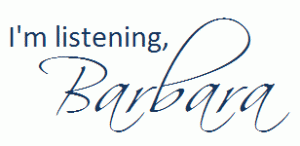This morning, I learned of a video on how to annoy a TV reporter from Jeremy Pepper’s blog POP PR Jots. Though I have known Jeremy (online) for two years now, I thought there was something fishy about this video. I mean, why on earth would Marc Slavin, communications director at Laguna Honda Hospital, be touching reporter Dan Noyes so much and getting up into Noyes’ face like he did? This had to be something staged, right? I mean, Holy Man-Handling, Batman!
So I did a little looking. And yes, this video IS real. And as they say on The People’s Court, the participants “are not actors.” This situation really happened, and it was caught on tape — and uploaded to YouTube and other sites pretty quickly.
For more stories about the altercation from this video, see:
- Hospital Flack Marc Slavin Won’t Stop Touching Dan Noyes — On Video (includes a short e-mail response from Slavin)
- See Spot Write: Laguna Honda Hospital Gets Handsy
- Reporter Dan Noyes Gets Furious At Most Annoying PR Flack Ever
So, if you’re Marc Slavin (the man-handling communications director), and this video has gone viral, what would you do?




 For fall semester’s PR Writing courses that I’m teaching for Southeastern University & Georgia Southern University, I am again augmenting my own content and
For fall semester’s PR Writing courses that I’m teaching for Southeastern University & Georgia Southern University, I am again augmenting my own content and 